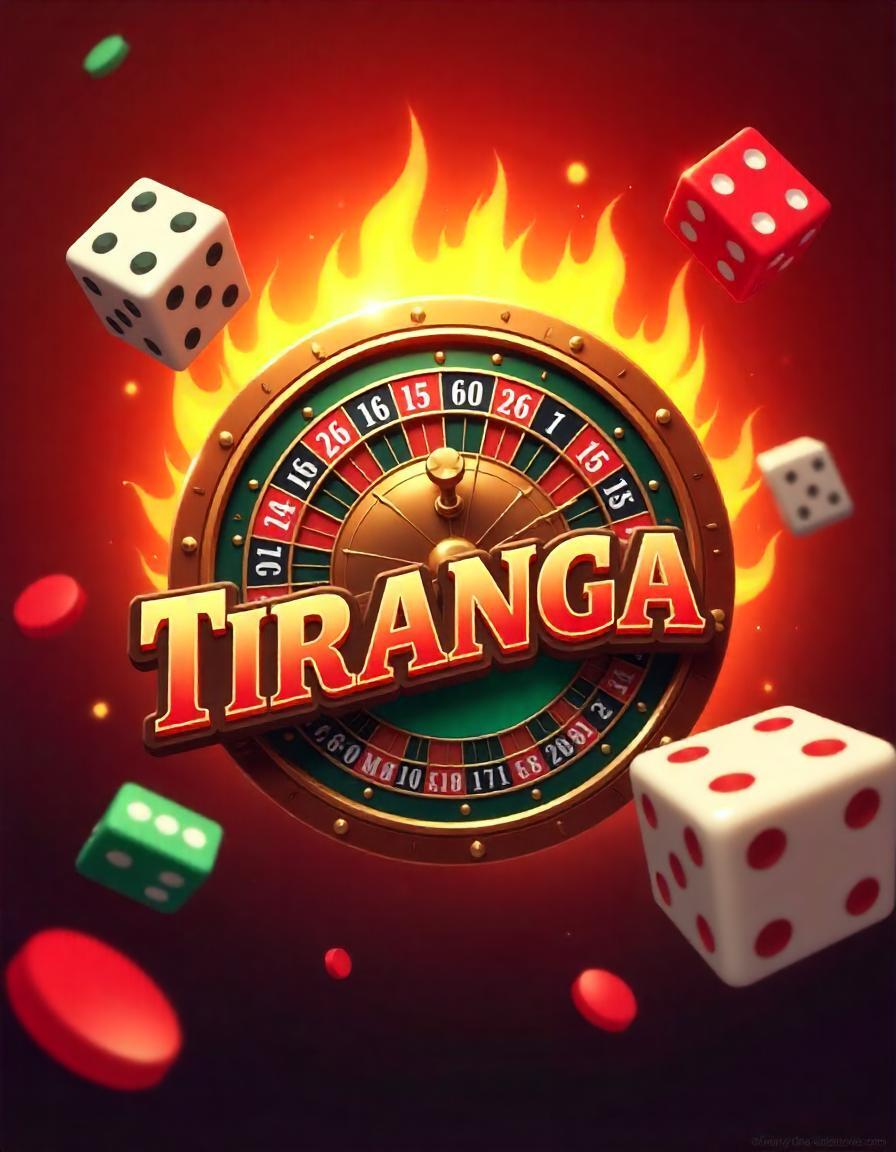Introduction
The Tiranga Game is an exciting and meaningful activity designed to celebrate India’s national flag, known as the "Tiranga." Representing the nation’s struggles, triumphs, and ideals, the Tiranga is a symbol of India's sovereignty, independence, and unity. Through this game, participants can learn about the flag’s significance while engaging in fun challenges and activities that emphasize teamwork, history, and national pride. It’s an ideal activity for schools, community events, and national holidays such as Independence Day and Republic Day.

The Significance of the Tiranga
The Indian national flag, the Tiranga, consists of three horizontal stripes: saffron at the top, white in the middle, and green at the bottom. At the center of the white band is the Ashoka Chakra, a 24-spoke wheel symbolizing the eternal wheel of law. Each of these elements holds deep symbolism:
Saffron represents courage and sacrifice, the values that the nation stands for.
White symbolizes peace, truth, and unity, reflecting the peaceful coexistence of the country’s diverse people.
Green represents fertility, faith, and the prosperity of the nation.
Ashoka Chakra stands for the wheel of law, progress, and the spirit of change.
The Tiranga Game aims to bring these elements to life by engaging players in activities that highlight the importance of these values and their relevance to India's history.
How to Play the Tiranga Game
The Tiranga Game can be played by a group of participants, either indoors or outdoors, and is suitable for people of all ages. The game can be adapted to different group sizes and skill levels. The core idea of the game is to complete various tasks based on the flag’s colors, history, and meaning. Below are some common ways the game can be structured:
Team Formation: Players are divided into teams, with each team competing to complete challenges related to the Tiranga. Teams can be small or large depending on the number of participants.
Flag-Color Challenges: Each team is tasked with collecting or identifying items that represent the three colors of the Tiranga – saffron, white, and green. For example, teams might need to find objects around them that match these colors or gather materials to create a physical representation of the flag.
Trivia Rounds: Teams participate in rounds of trivia focused on the history of India, the struggle for independence, the significance of the national flag, and the leaders who played a role in shaping the nation. Tiranga The questions can range from easy to difficult, depending on the participants’ knowledge level.
Creative Challenges: Participants may be asked to create a giant version of the Tiranga using colored sheets or fabrics or even paint a large-scale image of the Ashoka Chakra. This encourages artistic expression while reinforcing the symbols of the flag.
Puzzle Solving: A fun activity could involve solving puzzles or riddles related to the meaning of the Ashoka Chakra, the flag’s design, or important moments in India’s freedom movement. Teams that answer correctly and quickly can earn points.
Race to Assemble the Flag: Teams could race against each other to assemble a giant flag or design a paper version of the Tiranga. This task emphasizes the collaborative nature of the game.
Why the Tiranga Game Matters
Educational Value: The Tiranga Game offers an enjoyable way to learn about India’s national history, the importance of the flag, and the sacrifices made for the country’s independence. Players gain knowledge that extends beyond textbooks.
Promotes Unity and National Pride: The game is an excellent way to foster a sense of unity and pride in one’s nation. It reminds players of the values of peace, freedom, and justice that India stands for.
Encourages Teamwork: The game emphasizes teamwork, collaboration, and effective communication. Players learn to work together, share ideas, and solve problems in a fun, dynamic environment.
Inclusivity: The Tiranga Game is inclusive and suitable for people of all ages. It can be easily modified to match the skill levels of different participants, making it perfect for families, schools, or community events.
Conclusion
The Tiranga Game is more than just a fun activity; it’s an opportunity to celebrate the spirit of India’s national identity, history, and values. By combining elements of education, creativity, and teamwork, the game serves as a reminder of the significance of the Tiranga and its role in uniting the nation. Whether played in classrooms, community centers, or during national celebrations, the Tiranga Game is an enjoyable and meaningful way to honor the Indian flag and the heritage it represents.